 Dog ADHD- Is it Real?
Dog ADHD- Is it Real?
I was reading an interesting study recently about ADHD in children and how the French see next to no cases of ADHD within their children. (You can read the study here- Why French Children Don’t Have ADHD). I found it to be a very interesting article outlining certain thoughts on ADHD, child rearing, medication and drugs to manage behavior, etc.
I’m not going to comment in depth in this article about my opinions on childhood ADHD. I’m no expert in that field. I like what the study said and believe it to be true, but I don’t have a dog in that fight.
Where I am an expert, though, is in dog behavior. I often get asked if dog ADHD is real. Usually the question comes from the owner of a dog who is hyper, doesn’t focus, etc. Truthfully, whether or not it is real, doesn’t matter. What I want to comment on in this article is the mindset that the French have when raising their children and how that relates to your dog and his or her training.
Dog ADHD- The Parallels
Whatever your opinion on child ADHD or dog ADHD I think it’s safe to say there are certain parallels that can be drawn from how children with behavior problems are treated in the United States and how dogs with behavior problems are treated in the United States.
We frequently get clients at our Salt Lake City dog training company who have dogs that are being medicated for behavior problems. In 9 cases out of 10 we can get those dogs off the drugs.
The reason why is that the vet, behaviorist, or previous trainer the dog owner was using saw the problem of aggression, destruction, hyperactivity (dog ADHD perhaps?), anxiety and didn’t know how to deal with it from a behavioral level. Instead, they threw drugs at the problem.
The problem is that drugs are designed to interact with the body on a biological and chemical level. The vast majority of behavior problems, though, aren’t biological in nature. The vast amount of behavior problems are learned. The dog doesn’t know how to deal with his stress, no one has taught him to deal with his stress, so he lashes out aggressively. How is medication going to fix a problem that was a learned behavior in the first place? Or perhaps the dog has too much pent up energy, hasn’t been trained any sort of outlet, and manifests that stress through chewing and destruction. How are medications going to solve the problem of a lack of structure, training, outlets, etc.?
In most cases the only ‘results’ we see from these medications are that dogs live a sedated life and therefore less likely to be destructive and aggressive. Is that any way to live for your pet, though?
The article sites how French parents give real boundaries to their children, give real expectations of behavior and back it up, have set schedules and more. Behavior problems aren’t coddled, they’re addressed. The net result is they see so much less ADHD.
The same is true for our clients and those coming to us worried that they may have a dog ADHD problem. In 99% of the cases you don’t have a problem that medication will solve, you’ve got a fundamental issue where your dog needs more or less of something…training, stimulation, attention, excitement, exercise, and more.
Dog ADHD- Is there a time for drugs?
I want to close by saying that I’m not 100% opposed to drugs or medication for the family pet. About once or twice a year we’ll come across a dog who simply can’t deal with stress in a normal way. This is after great efforts in training and fulfillment yet the dog can not cope with the situation he is being dealt.
Like I mentioned, there are dogs and children that do have real chemical imbalances. These are best managed by proper medication from a skilled professional COMBINED with training protocols designed to get results.
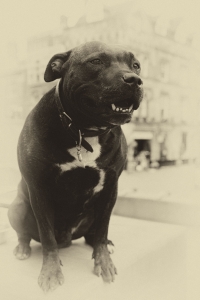


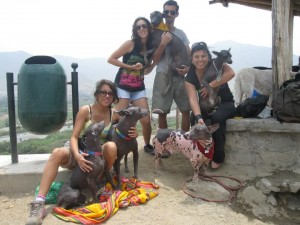
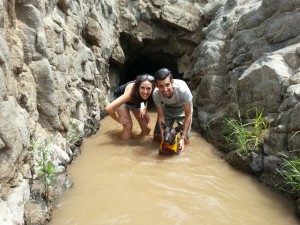

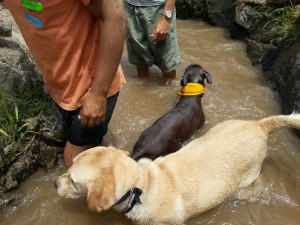

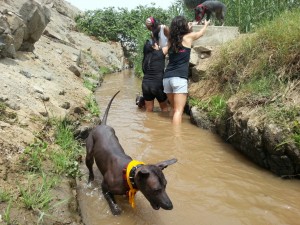

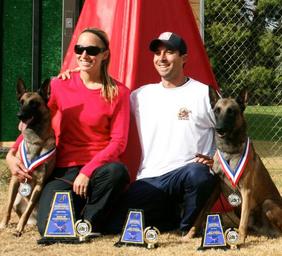
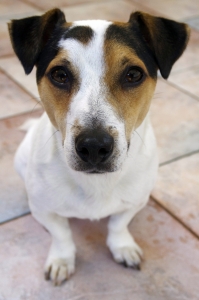
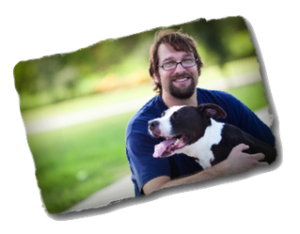



Follow Us!